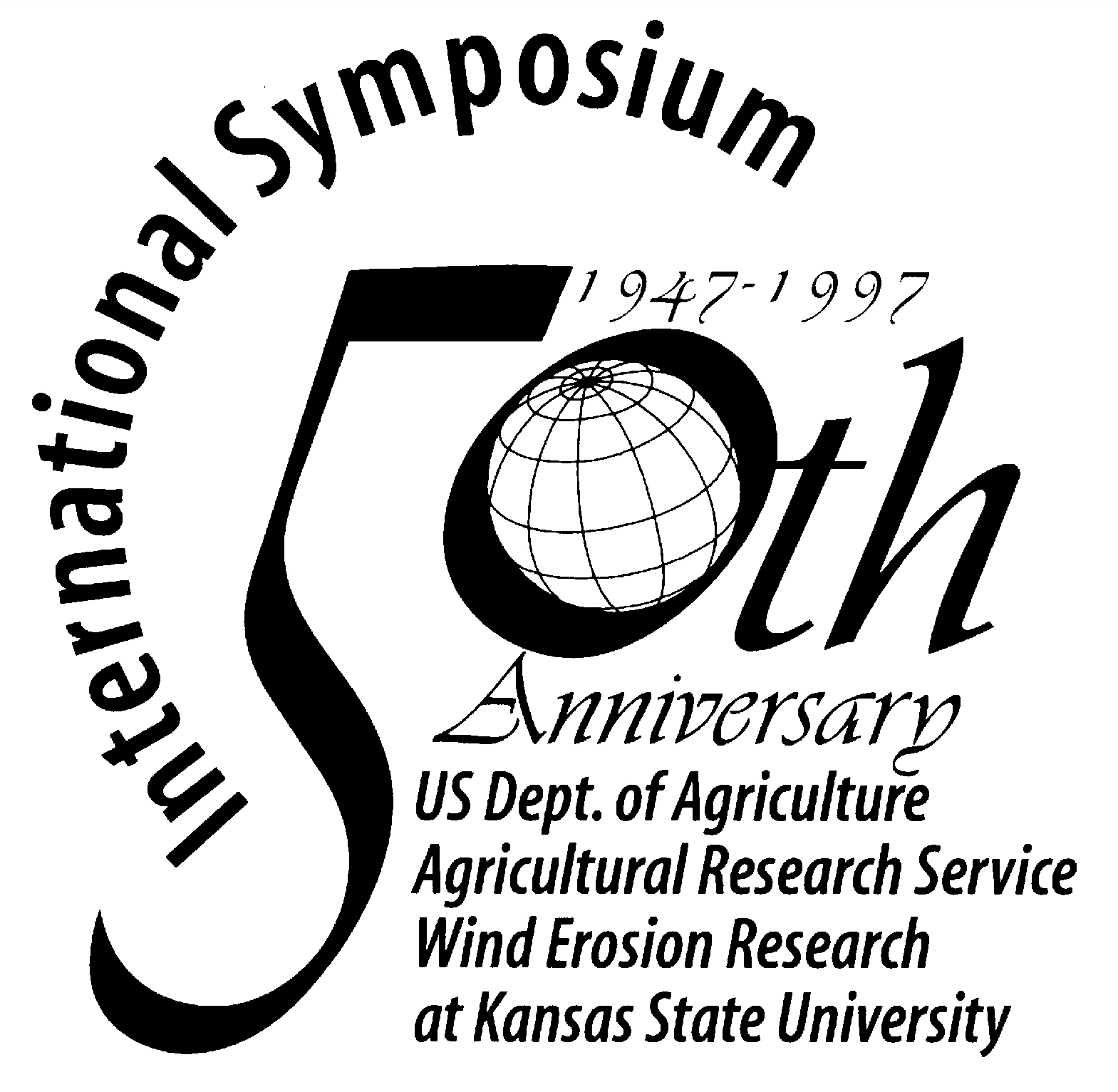|
Monitoring Agricultural
Chemical Transport in Monolith Weighing Lysimeters
Prasanta K. Kalita, Biological and Agricultural Engineering
Gerard J. Kluitenberg, Agronomy
Kansas State University, Manhattan, Kansas
66506-2906
http://www.bae.ksu.edu/pkalita/
The lysimeter project was initiated by the Agricultural
Experiment Station of Kansas State University by installing four monolith weighing
lysimeters at North Agronomy Farm of the University. Main objective of the project is to
investigate the transport and fate of nitrate, atrazine, and alachlor through undisturbed
soil profiles and to estimate the potential for chemical leaching to groundwater for two
major Kansas soil types: Clark sandy loam soil from south central and Grundy silty clay
loam soil from north east Kansas. All four lysimeters (l.8 m x 1.8 m x 1.5 m
deep) were instrumented with solute suction tubes, tensiometers, neutron probe access
tubes, thermocouples for soil temperatures, and a datalogging system. Rainfall is
automatically measured by a tipping bucket rain gauge installed at the site and connected
to the data-logger. A manual rain gauge also acts as a back-up for rainfall data. Each
lysimeter is placed on three loadcells (with a combined capacity of approximately 30000
lbs) which give the hourly weight of the lysimeter. A Campbell Scientific CR10 data logger
is used to record rainfall, soil temperatures, and weight of the lysimeters. Two neutron
probe access tubes run through the entire depth of the soil profile of each lysimeter box.
Water samples are collected from five different depths of each lysimeter by using solute
suction tubes. Corns (Zea Mays L.) are planted during every cropping season in no-till
method. Every year, atrazine and alachlor were applied at a rate of 2 kg/ha and fertilizer
(28% UAN) is applied at a rate of 150 kg-N /ha. Chlorophyll content of the corn leaves are
being measured and water samples are collected simultaneously to determine the
relationship (if any) between chlorophyll content of leaves and nitrate-N content of soil
water. Data collected from the facility are being used for modeling the transport of above
mentioned chemicals in the subsurface zone so that in future, numerical models can be used
effectively to carry out these studies instead of conducting expensive field experiments.
Experiments are also being conducted to determine facilitated transport (colloidal
transport) of atrazine with soil particles in the lysimeters. |




